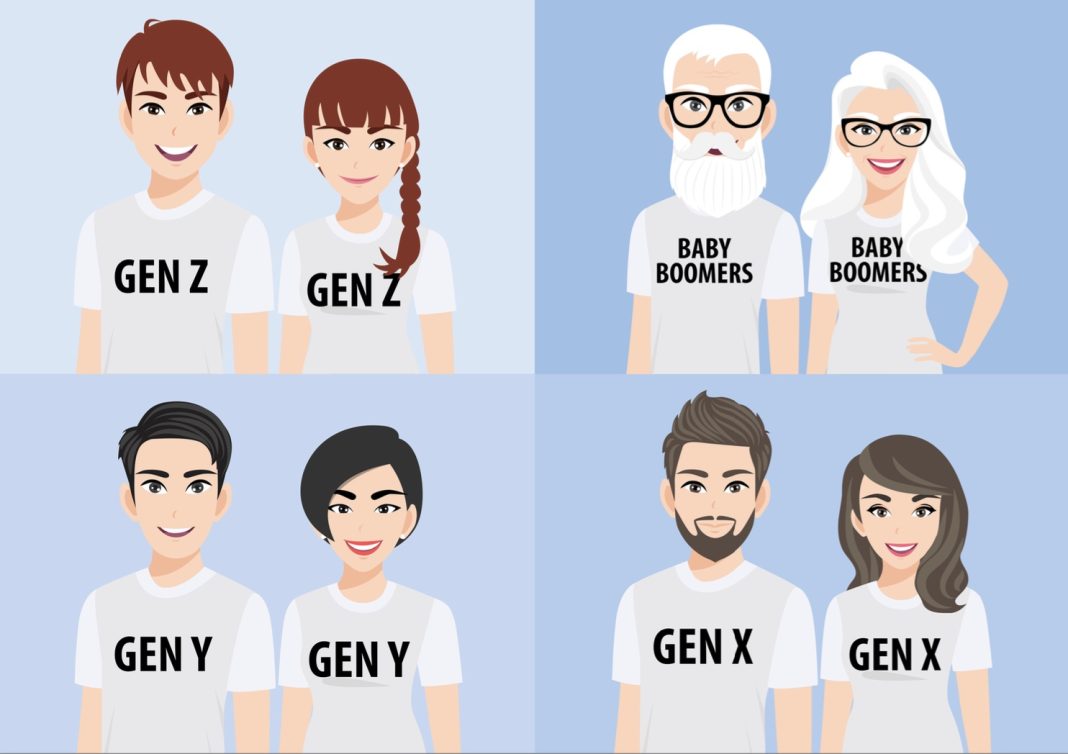 Title: The Fallout from Synapse’s Collapse Reveals the Mirage of Fintech Safety
Title: The Fallout from Synapse’s Collapse Reveals the Mirage of Fintech Safety
Saving with Yotta: A Promise of Fun and Security
Natasha Craft, a 25-year-old FedEx driver from Mishawaka, Indiana, initially found joy in her Yotta banking account. The app made saving money enjoyable and convenient, offering weekly sweepstakes and other engaging features. Craft deposited her wages directly into the account, using the startup’s debit card for all her expenses. However, her financial stability quickly turned into a nightmare when her $7,006 in savings became entangled in a complex dispute that unfolded in bankruptcy court and online forums.
The Reckoning for Fintech Industry Safety
Fintech promised customers the best of both worlds: innovative and user-friendly apps with the security of government-backed accounts held at real banks. Startups like Yotta prominently displayed the protections provided by the Federal Deposit Insurance Corp. (FDIC), which lent credibility to their offerings. However, the collapse of Synapse, a fintech middleman, has shattered this illusion of safety.
The Role of Synapse and the Banking-as-a-Service Model
Synapse acted as a crucial intermediary between Yotta and Evolve Bank & Trust, the bank providing checking accounts and debit cards for Yotta customers. As a player in the “banking as a service” (BAAS) segment, Synapse facilitated access to regulated banking services for customer-facing startups. Its bankruptcy and subsequent shutdown of a critical transaction processing system left over 100,000 Americans locked out of their accounts, amounting to $265 million in deposits.
The Risks of Partnering with Middlemen
The fallout from Synapse’s collapse has raised questions about the banking-as-a-service model. While popular finance apps like Cash App, PayPal, and Chime partner with banks instead of owning them, they may still pose risks to customers. Scott Sanborn, CEO of LendingClub, warns that dealing directly with a bank is crucial for those relying on fintech apps as their primary accounts. Direct bank relationships provide greater transparency and help consumers ensure they meet FDIC coverage requirements.
Regulatory Scrutiny and Uncharted Territory
Regulators have been moving to punish banks providing services to fintechs in the wake of the Synapse disaster. Evolve Bank & Trust, for instance, faced reprimand from the Federal Reserve for failing to properly manage its fintech partnerships. The implications of this collapse have yet to be fully understood, as regulators grapple with supervising fintech-bank partnerships. The FDIC has made it clear that the failure of nonbanks will not trigger FDIC insurance coverage, even when fintechs partner with banks, leaving customers potentially vulnerable.
The FDIC Safety Net: The Mirage of Full Coverage
Customers affected by the Synapse debacle share a common misconception: they believed that the FDIC backing of Evolve Bank & Trust meant their funds were safe. Unfortunately, the FDIC’s insurance coverage is not a guarantee of full reimbursement. The funds are intended to make depositors of a failed bank whole, not necessarily cover losses caused by middlemen like Synapse. This misunderstanding has left countless customers waiting for their money and uncertain about their financial futures.
The Uncertain Road Ahead and the Elusive Funds
While some customers have had their funds released in recent weeks, many are still waiting. The bankruptcy trustee overseeing the Synapse case has stated that finding all customer funds may be impossible due to shoddy ledgers and complex pooling systems used by Synapse. Users whose funds were pooled in “for benefit of” (FBO) accounts face even greater challenges in accessing their money. The bankruptcy judge has acknowledged the unprecedented nature of the case and questioned what actions can be taken to help impacted users.
The Frustration of Customers Left in Limbo
Customers like Natasha Craft and Rick Davies have experienced frustration and anger throughout this ordeal. They believed that the FDIC would swiftly intervene to protect their funds, as it did with Silicon Valley Bank in the past. However, the lack of bank failures linked to Synapse has prevented regulatory action. The disparity in response has left customers feeling abandoned and disillusioned.
Conclusion
The collapse of Synapse and the subsequent fallout have exposed the mirage of safety in the fintech industry. Customers who believed their funds were secure under FDIC protection have faced significant financial setbacks. The incident has prompted a necessary examination of the banking-as-a-service model and the risks associated with relying on middlemen. As the industry grapples with this reckoning, it is imperative for customers to understand the nuances of FDIC insurance coverage and consider direct bank relationships for primary accounts.


